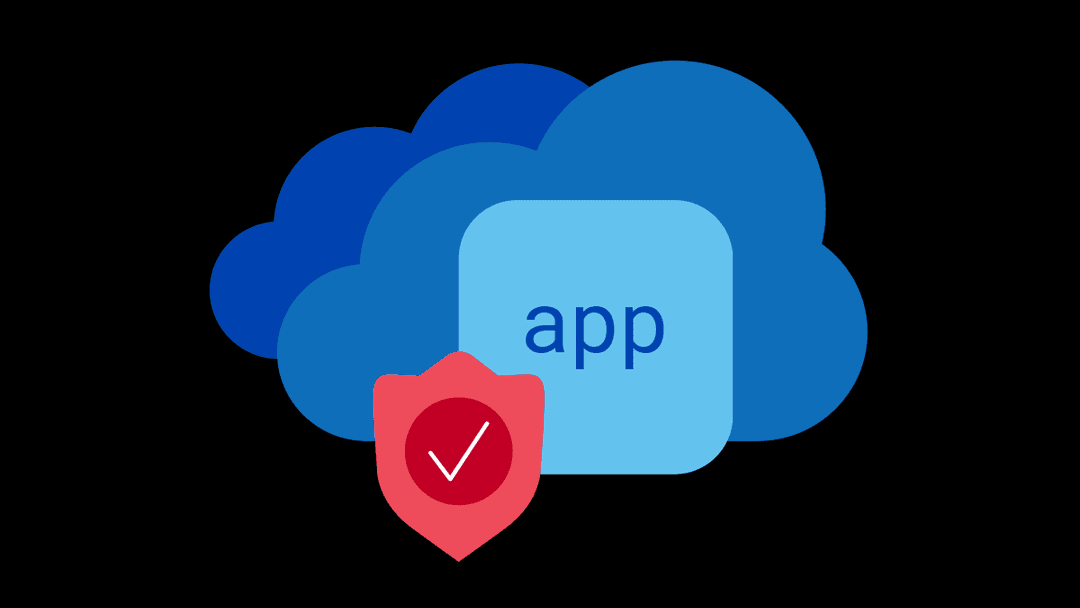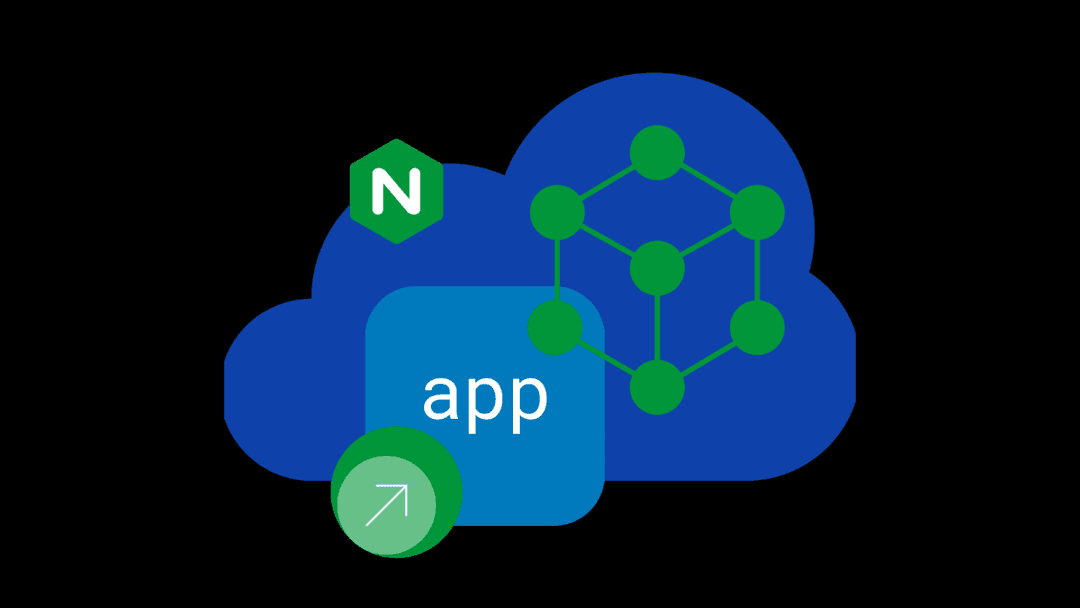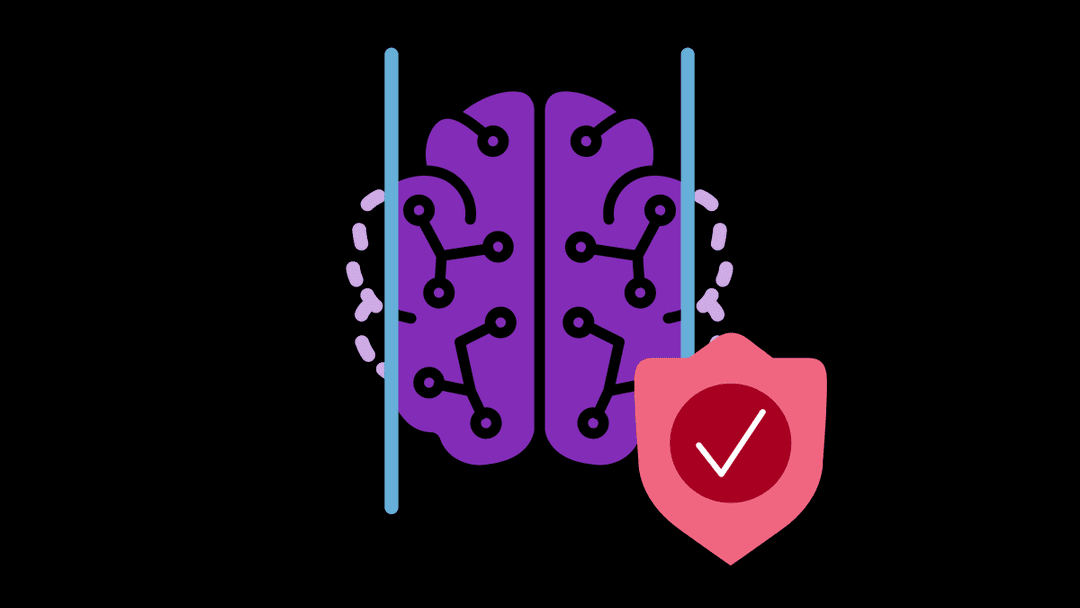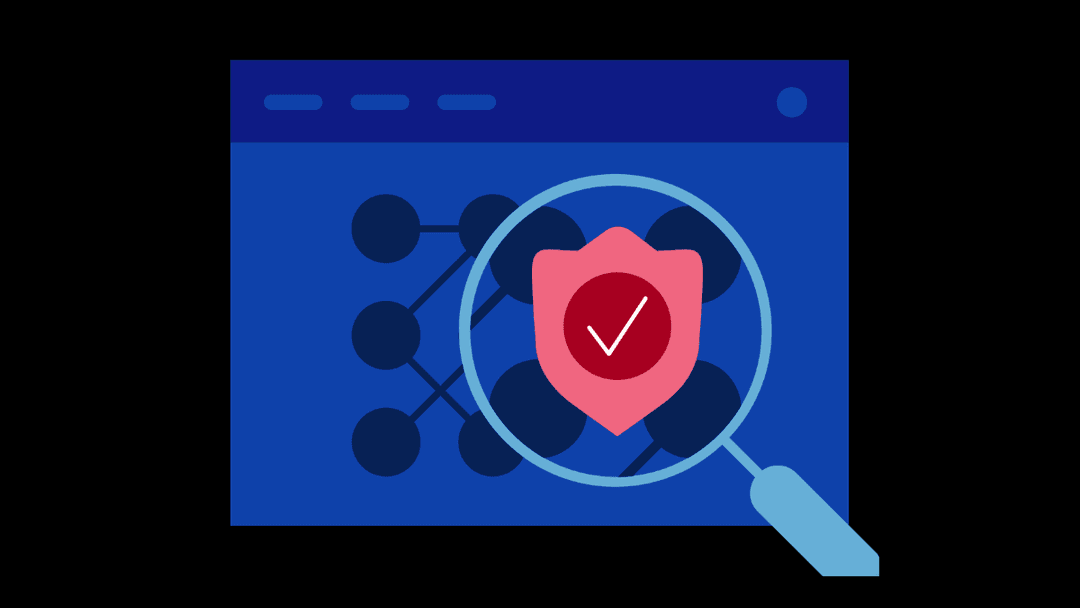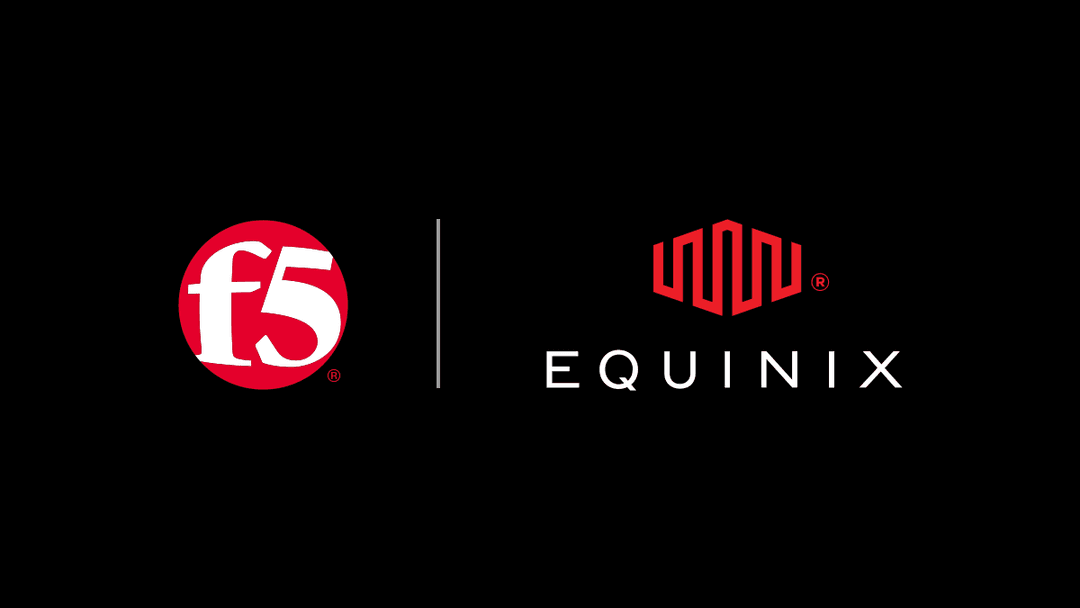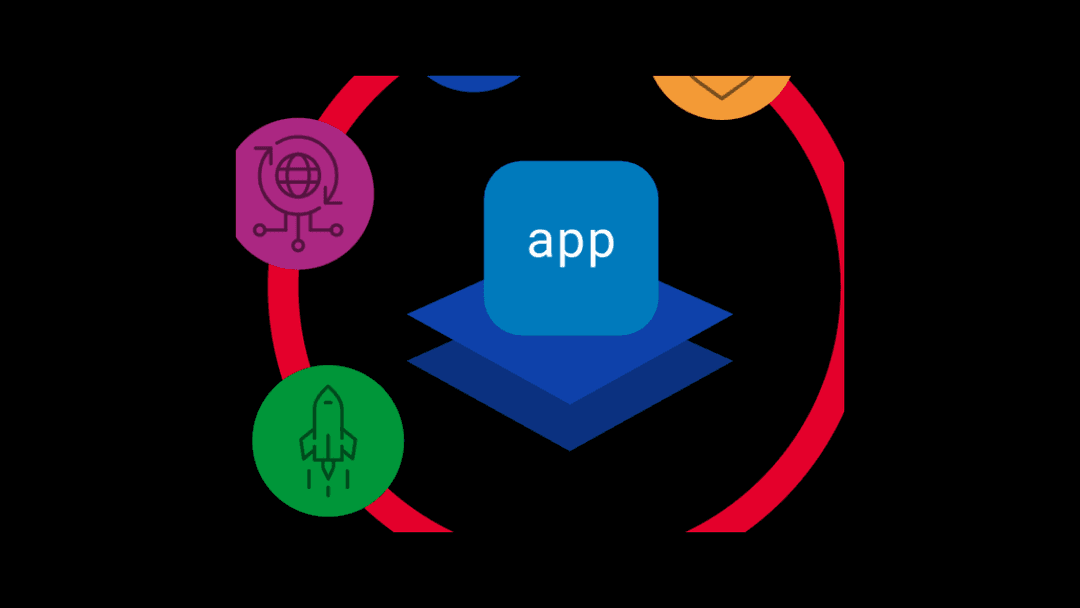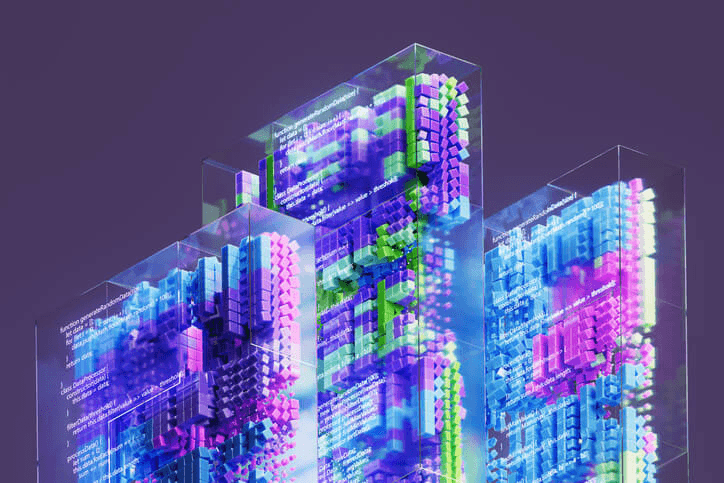Featured Blog Posts
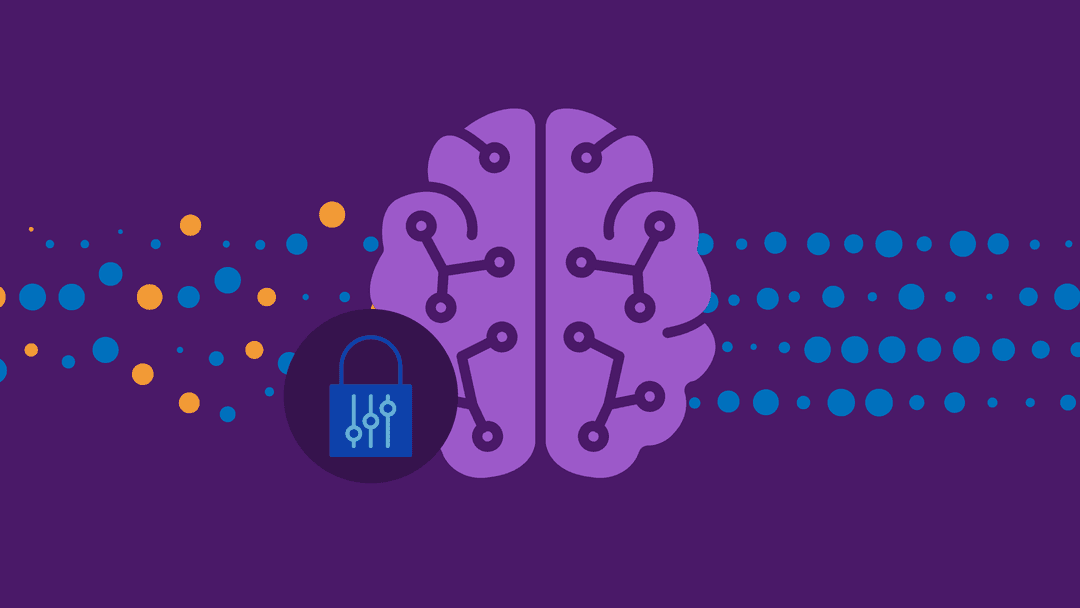
F5 Ecosystem | 09/11/2025
Securing AI models and agents without compromise: How F5’s acquisition of CalypsoAI will deliver end-to-end AI runtime protection
F5 announces the acquisition of CalypsoAI, a pioneer in enterprise AI security that delivers adaptive protection, real-time threat monitoring, and audit-ready governance for AI systems.
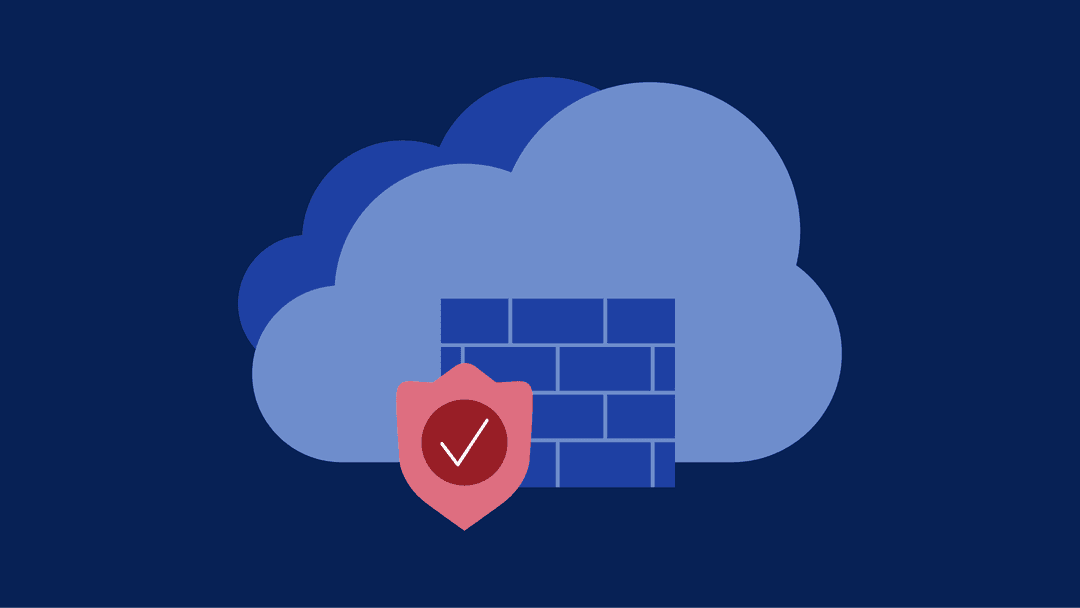
F5 Ecosystem | 08/25/2025
KuppingerCole recognizes F5 as overall market leader in WAAP
The analyst firm also named F5 a leader in its innovation, product, and market categories. Read the blog to find out why.
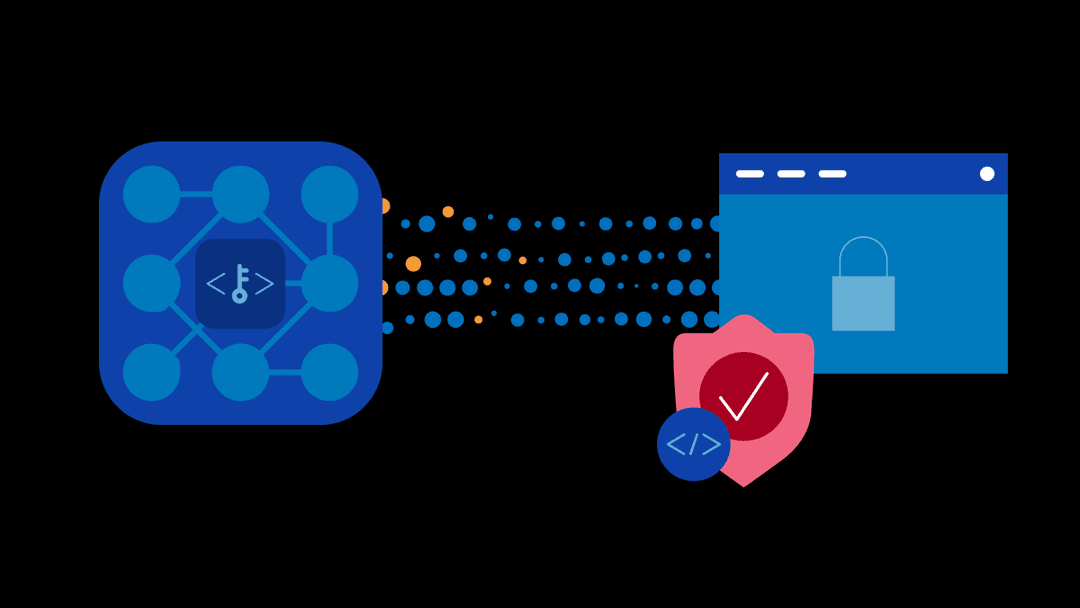
F5 Ecosystem | 09/03/2025
Quantum ready: A practical guide to enabling PQC with F5
Learn how to enable hybrid post-quantum cryptography in F5 BIG-IP and F5 NGINX Plus with OpenSSL 3.5, from setup steps to deployment best practices.
All Blog Posts
(1685)Sort By:

